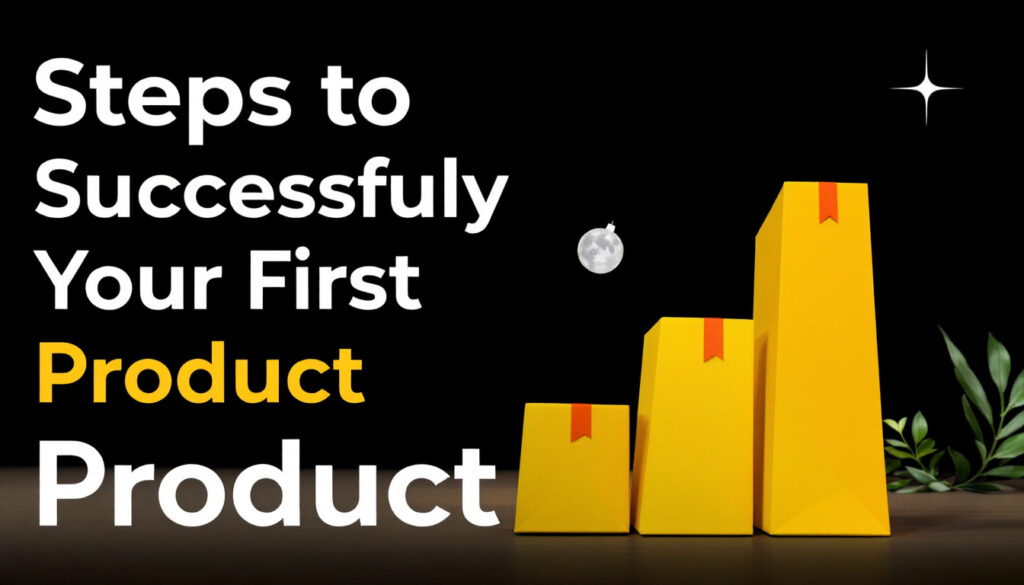AI Blogging System: Earn $5,000 Monthly Through Automation
Generating passive income through blogging has become more accessible with the help of AI and automation tools. Using an AI Blogging System, you can streamline content creation and build a consistent income stream without the time-intensive tasks traditionally associated with blogging. This system involves leveraging the AI Blogging System to discover high-value keywords, write articles, and publish them directly to WordPress. In the past, bloggers spent hours writing or outsourced content creation at significant costs. Today, an AI Blogging System simplifies the entire process, with some users reporting traffic increases of over 400%. With this method, earning thousands each month from ads and affiliate marketing is entirely achievable. Automating Tasks with Make.com Make.com is a platform designed to automate workflows. It seamlessly connects various tools and processes to handle repetitive tasks. Here’s how it works in this system: Although it might seem complex, the process breaks down into manageable steps guided by automation. The Role of Human Input AI handles much of the heavy lifting, but human involvement is still essential at key stages: Identifying Profitable Keywords Finding the right keywords is a cornerstone of a successful blogging strategy. Tools like AI Niche Hunter can help uncover profitable topics: Additionally, platforms like machine.ai allow you to create topic-specific article clusters, establishing your authority in areas like “smart home security.” Content Strategy Focus your efforts on one sub-niche at a time, targeting 10-20 keywords. Use a mix of: Building Your Blog with CadenceWP Content creation is just one part of the process. Tools like CadenceWP simplify website design and management. Its built-in AI features assist with layout customization and content optimization. How Make.com Automation Works Make.com automates processes step-by-step. Here’s an overview of how it manages blogging tasks: The platform uses modules, which represent individual steps in the process. A group of modules forms a “scenario,” a complete automation workflow. Scenarios run only when manually started or scheduled. Webhooks Webhooks act as triggers, initiating the automation process when specific events occur. For example, a webhook might activate when: Each time the webhook link is accessed, the linked scenario begins. Airtable Airtable functions as a data repository for your blog posts. Each article is stored as a unique record, with details like content outlines and keywords. Make.com connects to Airtable to retrieve and update this information. Claude AI Claude AI is responsible for generating both outlines and full articles. By integrating Claude AI with Make.com, you can control the process using an API token and customize parameters such as content length and tone. The AI uses a prompt to guide its output, ensuring content aligns with your blogging goals. JSON Creator The JSON Creator organizes data into a structured format, making it compatible with other tools. It includes elements like: Writing the Article Using the structured outline, Claude AI transforms headings into a cohesive and engaging article. Image Generation Images are created using OpenAI tools. The AI generates image prompts based on your keywords, then produces visuals tailored to your post. Markdown to HTML Conversion Markdown files are converted to HTML for seamless integration into Google Docs. This step ensures the content is formatted correctly for publication, including SEO elements and structured text. Google Docs The completed content, along with the generated images, is saved to Google Docs. You can specify the folder and file name for easy organization. Airtable Updates Once the content is finalized, Airtable is updated with links to the Google Doc and image file. This keeps all your resources centralized and accessible. Running the Automation Automation workflows can be initiated manually or scheduled. Without activation, the scenario remains dormant. Regular reviews ensure the system runs smoothly and produces high-quality output. Conclusion By combining AI with automation platforms like Make.com, you can efficiently build a blog that generates passive income. Tools like CadenceWP and Airtable simplify setup and management, while AI-driven strategies increase productivity and profitability. With proper keyword research and human oversight, earning $5,000 or more per month through blogging is achievable. This method provides a structured and scalable approach to earning money online through a blog, emphasizing passive income opportunities with tools like the passive income calculator and targeted strategies for consistent growth.https://thespartane.com/the-top-50-best-ai-tools-in-2025/ https://www.make.com/en/login










